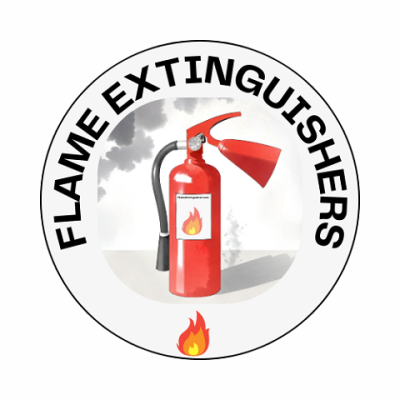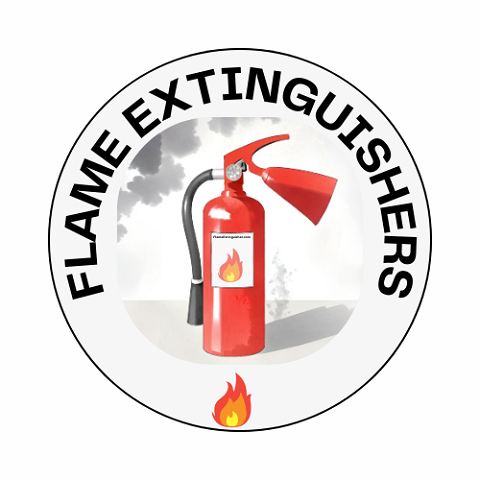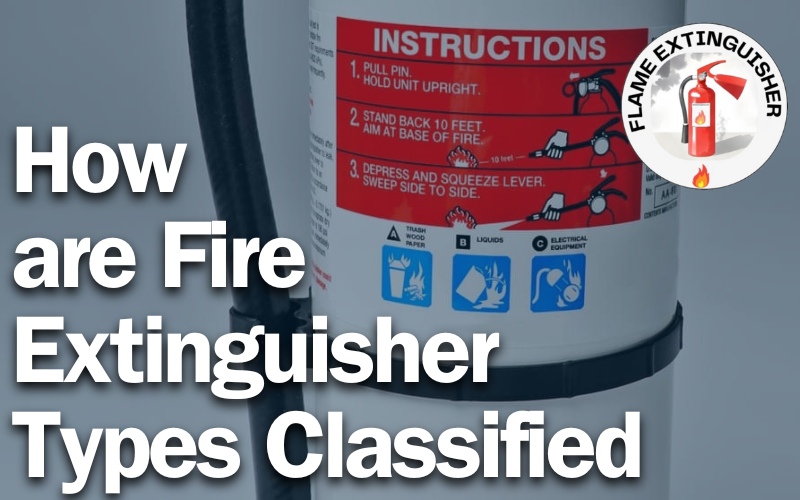
Introduction: The Unsung Heroes of Fire Safety
Hey there! You know, when we talk about fire safety, it’s kind of like discussing a good referee in a football game – you don’t really notice it until things go south. And in that critical moment, fire extinguishers are your MVPs. But, not all fires are created equal, and neither are the tools we use to fight them. Let’s dive into the world of fire extinguishers, no fluff, just the good stuff on how fire extinguisher types classified.
A survey conducted in July 2021 found that 71.6% of U.S. households have a fire extinguisher, and 73.3% of fire extinguisher owners believe it makes their home safer. Notably, 59.1% of respondents keep a fire extinguisher in the kitchen, and 14.2% have used it to put out a fire at home.
selectsafety.net
Understanding the Different Contenders: Fire Classes
What’s Cooking in the Fire World?
Imagine fire classes as different opponents in a UFC match. Each one needs a specific strategy to be taken down. We’ve got five main classes: A, B, C, D, and K. Now, Class A fires are your basic brawlers – wood, paper, cloth, that sort of thing. Easy to start, and thankfully, not too hard to put out. Then you’ve got Class B – these are the sneaky fighters, involving flammable liquids like oil and gasoline. Class C throws a curveball with electrical equipment. Class D? Think heavyweight – metals like magnesium and titanium. And finally, Class K, which is like fighting in a greasy kitchen, literally, with fires from cooking oils and fats.
Fire Classifications
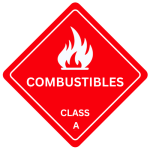
Fires in ordinary combustible materials, such as wood, cloth, paper, rubber, and many plastics.
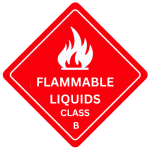
Fires in flammable liquids, combustible liquids, petroleum greases, tars, oils, oil-based paints, solvents, lacquers, alcohols, and flammable gases.
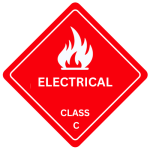
Fires that involve energized electrical equipment.
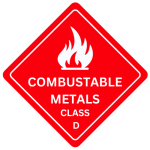
Fires in combustible metals, such as magnesium, titanium, zirconium, sodium, lithium, and potassium.
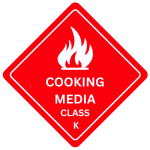
Fires in cooking appliances that involve combustible cooking media (vegetable or animal oils and fats).
Fire extinguishers are labeled with the above fire class based on the fires they are designed to extinguish. Each type is tested and certified by safety standards organizations, like the Underwriters Laboratories in the United States.
UL Standards & Engagement
Extinguishers come with a UL certification once they are tested with a process standardized from the UL Standards & Engagement. UL Standards & Engagement is renowned for its independent research and scientific expertise, has been a pioneer in translating advanced science into practical safety guidelines. Since 1903, the organization has utilized its extensive network of global safety science experts to develop trusted standards and conduct impactful public outreach programs. These standards have been instrumental in ensuring the safety and sustainability of a diverse range of products, from emerging technologies to established legacy items, thereby shaping a safer, more sustainable future. There are many different standards written for fire extinguishers alone. Here are some of the UL standards specific to fire extinguishers.
- UL 8 – Water-Based Agent Fire Extinguishers
- UL 154 – Carbon Dioxide Fire Extinguishers
- UL 299 – Dry Chemical Fire Extinguishers
- UL 626 – Water Fire Extinguishers
- UL 2129 – Halocarbon Clean Agent Extinguishers
- UL 711- Rating and Fire Testing of Fire Extinguishers
Different Variations of Fire Extinguisher Types
List of the common types of fire extinguishers that usually come with UL testing
- Water (Class A):
- Use: Effective on fires involving ordinary combustibles like wood, paper, and cloth.
- UL Tested: Yes.
- Foam (Class A and B):
- Use: Good for fires involving flammable liquids and gases, as well as ordinary combustibles.
- UL Tested: Yes.
- Dry Chemical:
- Standard (BC): Effective on flammable liquid (Class B) and electrical (Class C) fires.
- Multi-Purpose (ABC): Can be used on combustibles, flammable liquids, and electrical fires.
- UL Tested: Yes for both types.
- Carbon Dioxide (CO2) (Class B and C):
- Use: Suitable for flammable liquids and electrical fires.
- UL Tested: Yes.
- Wet Chemical (Class K):
- Use: Specifically designed for kitchen fires involving cooking oils and fats.
- UL Tested: Yes.
- Clean Agent (Class B and C, some Class A):
- Use: Effective on electrical and flammable liquid fires; some are also effective on Class A fires.
- UL Tested: Yes.
- Water Mist (Class A and C):
- Use: Primarily for Class A fires, but also safe for use on electrical fires.
- UL Tested: Yes.
- Dry Powder (Class D):
- Use: Primarily use in industrial settings for heavy metal combustibles
- UL Tested: Yes
- Cartridge Operated Dry Chemical:
- Use: Commonly used for industrial applications; similar to standard dry chemical extinguishers.
- UL Tested: Yes.
In addition to the traditional fire extinguisher types, there are several innovative forms that have been developed for specific uses or ease of operation. These include stick form, bomb (or throwable) extinguishers, and automatic systems. Here’s a brief overview:
List of other types of fire extinguishers that are outside the traditionally tested group
- Fire Extinguishing Stick:
- Use: Designed for portability and ease of use, often used in small-scale or initial fire outbreaks.
- UL Tested: Depends on the manufacturer and the specific product.
- Fire Extinguishing Bomb/Throwable Extinguishers:
- Use: A compact device that can be thrown into the fire. It releases extinguishing chemicals upon impact or exposure to high heat.
- UL Tested: The testing and certification vary widely depending on the product and region.
- Automatic Fire Extinguishers:
- Use: These are typically installed in areas where a fire risk is high and constant monitoring is needed. They activate automatically when a fire is detected.
- Types:
- Ceiling Mounted: Often used in commercial kitchens, server rooms, and places with electrical equipment.
- Magnetic/Stick-on: Small, magnetically attached extinguishers for places like fuse boxes or an engine compartment.
- UL Tested: Many are UL tested, but it’s important to verify for each specific product.
- Aerosol Fire Extinguishers:
- Use: Utilize a fine mist or aerosol spray to extinguish small fires. They are lightweight and easy to use.
- UL Tested: Some are, but certification varies.
- Condensed Aerosol Fire Suppressants:
- Use: Similar to aerosol extinguishers, these are often used in server rooms, electrical cabinets, and vehicles.
- UL Tested: Certification depends on the specific product and manufacturer.
It’s crucial to note that while these innovative types of fire extinguishers can be convenient and effective for specific situations, they should be chosen based on the nature of the potential fire hazard, ease of use, and compliance with local fire safety regulations. They can be a great secondary or quick response option but in most cases, will not adhere to regulations in most countries. Always check for appropriate certifications and approvals, such as UL, especially in a professional or industrial settings.
Fire Extinguisher Types Used for Class A
Your Go-To Firefighter of Basic Everyday Materials
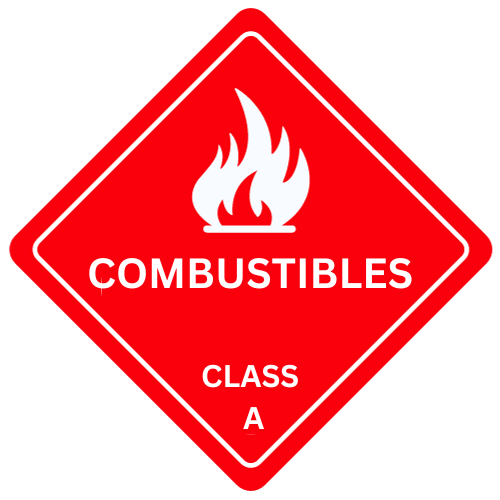
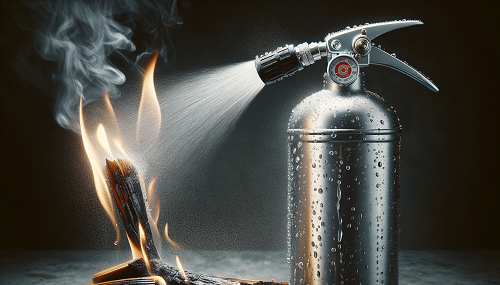
Fires in ordinary combustible materials, such as wood, cloth, paper, rubber, and many plastics.
Picture a Class A extinguisher as your versatile, jack-of-all-trades fighter. These guys are packed with water or dry chemical agents. They’re the ones you want in your corner for fires involving everyday materials. And the stats back it up – according to the National Fire Protection Association (NFPA), in 2018, U.S. fire departments responded to an estimated 1.3 million fires. A significant number of these were Class A types. So having a Class A extinguisher at home or in the office? That’s a no-brainer.
Fire Extinguisher Types Used: Water, Foam, Dry Chemical, Some scenarios can use Clean Agent.
Fire Extinguisher Types Used for Class B
For the Trickier Opponents: The Specialists
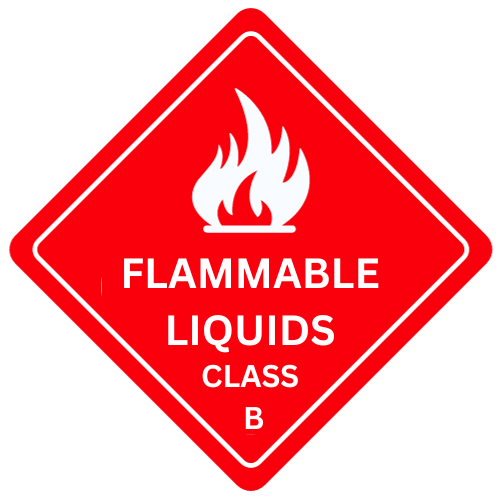
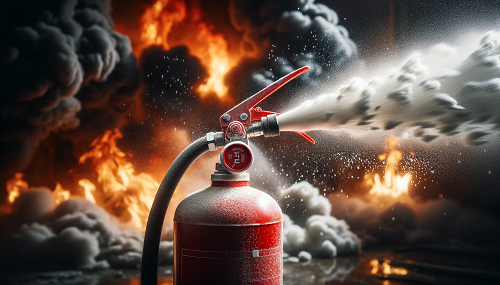
Fires in flammable liquids, combustible liquids, petroleum greases, tars, oils, oil-based paints, solvents, lacquers, alcohols, and flammable gases.
Now, let’s talk about the more specialized gear. Class B extinguishers are like your fire snipers – accurate and effective against flammable liquids. They usually contain foam or dry chemical powders that smother the fire.
Fire Extinguisher Types Used: Foam, Dry Chemical, Carbon Dioxide (CO2), Clean Agent.
Based on 2016-2020 annual averages:
hippo.com, NFPA.org
- Cooking led to an estimated average of 166,430 home fires each year from 2016 to 2020.
- Fires originating in a kitchen or cooking area accounted for the largest share of home heating fires (17%).
Fire Extinguisher Types Used for Class C
The one that can take a charge without issues
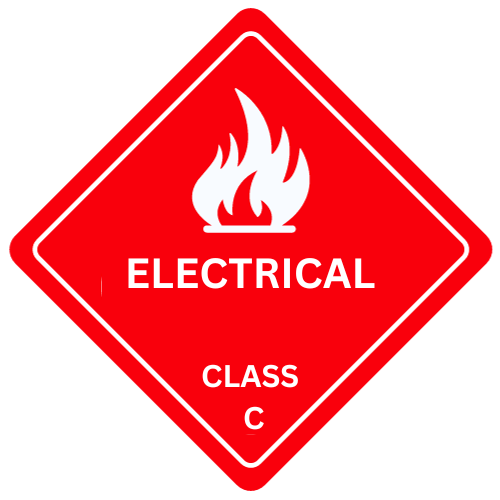
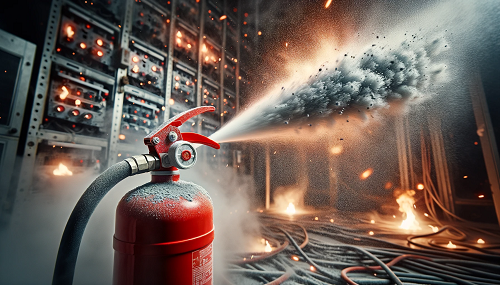
Fires that involve energized electrical equipment.
And for those electrically-charged Class C fires? You need something non-conductive, so we’re talking dry chemical extinguishers. They cut the power source, letting you knock the fire out safely. It’s like cutting the legs from under a fighter – no power, no fight. CO2 fire extinguishers are commonly used for areas with high risks to electrical fires.
Fire Extinguisher Types Used: Foam, Dry Chemical Multi-Purpose, Carbon Dioxide (CO2), Clean Agent.
Electrical distribution and lighting equipment caused an average of 30,740 fires annually from 2016 to 2020. Smoking materials cause an average of 15,900 fires each year from 2016 to 2020
hippo.com
Fire Extinguisher Types Used for Class D
Not Your Average Fire Extinguisher: They Heavy-Duty Fighter
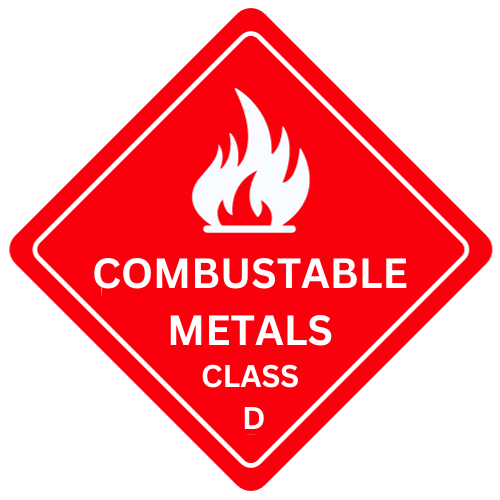
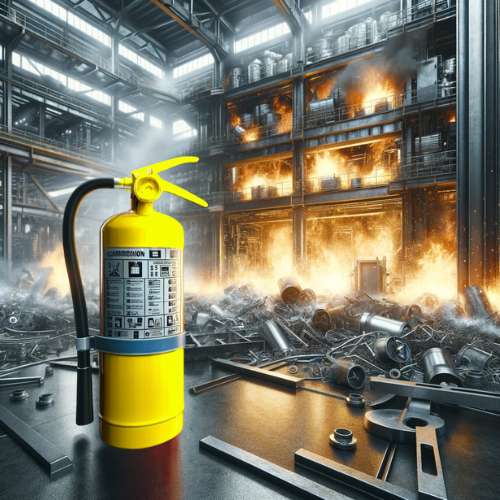
Fires in combustible metals, such as magnesium, titanium, zirconium, sodium, lithium, and potassium.
Class D is like your specialized, heavyweight contender. These fires involve metals that burn at extremely high temperatures. We’re talking about specific powder agents that don’t just put the fire out; they form a crust to prevent re-ignition. It’s specialized gear for a specialized job – not something you’ll typically find in homes, but more in industrial settings.
Fire Extinguisher Types Used: Dry Powder
Fire Extinguisher Types Used for Class K
Mastering the Grease Fire with The Kitchen Gladiator
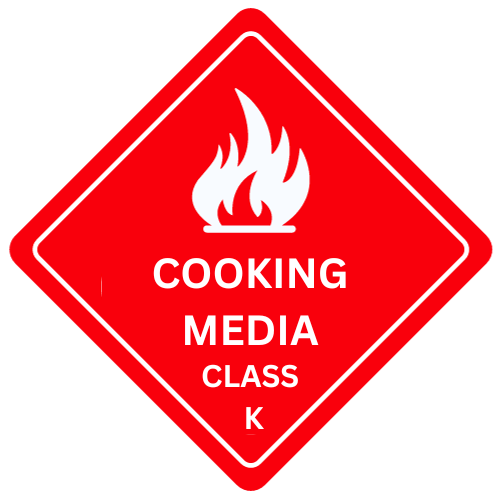
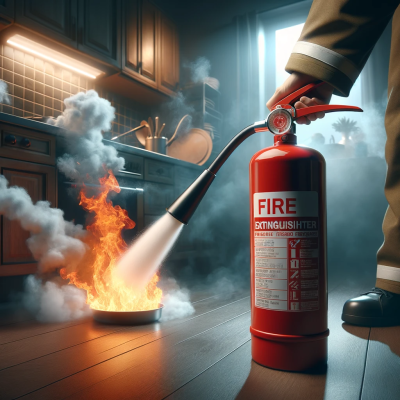
Fires in cooking appliances that involve combustible cooking media (vegetable or animal oils and fats).
Class K is where things get hot – literally. These fires are all about cooking oils and fats. Water here is a big no-no – it’s like throwing fuel on the fire. Instead, Class K extinguishers use a special wet chemical that not only puts out the fire but also prevents re-ignition. It’s a must-have in commercial kitchens, but hey, a good idea for home chefs too.
Fire Extinguisher Types Used: Wet Chemical
Cooking fire facts
Based on 2017-2021 annual averages:
NFPA.org
- Two-thirds of home cooking fires start with the ignition of food or other cooking materials.
- Clothing is the item first ignited in less than 1% of home cooking fires, but clothing ignitions caused 8% of the home cooking fire deaths.
- Ranges or cooktops account for over half (53%) of home cooking fire incidents.
- Unattended equipment is a factor in over one quarter (29%) of reported home cooking fires and half of the associated deaths.
Choosing Your Fire-Fighting Partner
Making the Right Call
So, how do you choose your champion? It’s all about understanding your environment. Got a garage full of tools and oily rags? You’ll want a Class B. A cozy home office? A Class A should be within reach. And remember, maintenance is key. An extinguisher that’s not regularly checked is like a fighter who skips training – not something you want to rely on in a pinch.
Conclusion: Stay Fire Smart
In the end, knowing your fire extinguishers is like knowing your way around a gym – it’s essential for safety. Whether you’re in a home, office, or industrial setting, the right extinguisher can make all the difference. Stay fire smart, and you’ll be ready for whatever comes your way.

Terms of The Day:
Conflagration: An extensive and destructive fire that rapidly spreads over a wide area.
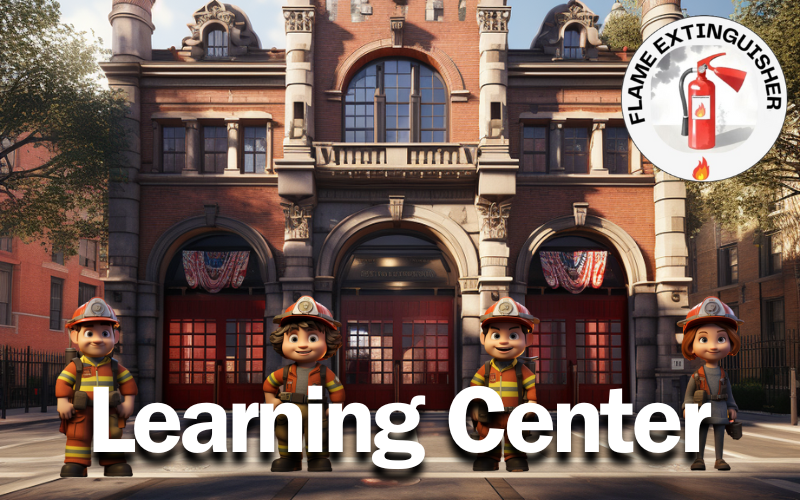
Proudly powered by WordPress
